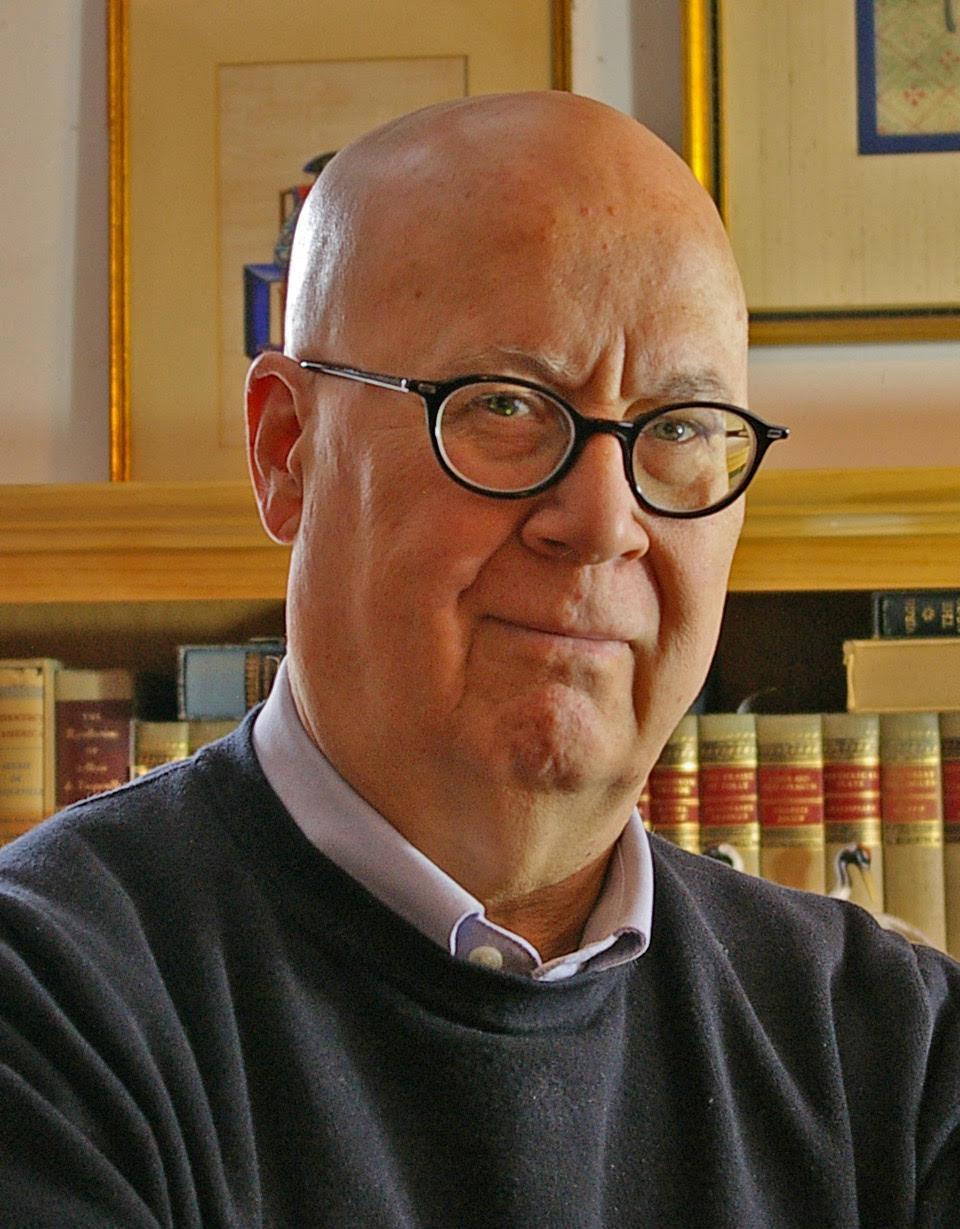Transcript
Welcome back. In this video, I'll show you how to create scenes so you can view a SketchUp model from different angles. I'll also show you how to print out measured drawings.
To begin, open the model of that table from a previous video. If you've missed it, well, watch this one anyway. And as always, pause the video as often as you need to follow along.
Open the Scenes window. On a Mac, go to Window and choose Scenes. If you are on a PC, click on one of the tabs or trays on the right side of the drawing space. Either way, you'll open up the window that you see here. To create a scene, click on the plus arrow at the top of the scenes window. That creates a thumbnail for this scene. Give it a name, down here below the thumbnail area. Then to make the scene part of the model, click on these two arrows chasing each other to update this. Then click on the Update tab, and notice that you get a new button up at the top of the drawing space. You can make as many scenes as you need, to show all the details to build the piece that you've modeled.
For now, I'll show you how to set up a new scene for a measured drawing. I'm going to minimize the scenes window just by clicking on the word Scenes. Now, select the entire model. You can do that by drawing a box from right to left around it. Zoom out so you can see what you're doing and use the move tool in conjunction with the option or control key to move a copy of the whole table along the red axis. Doesn't matter how far along you move it, just so long as you can see this copy clearly. The next thing you want to is delete all the duplicate parts for this table. That means getting rid of three legs and three aprons, and you want to rotate the top 90 degrees. You can do that with the rotate tool, or you can use the move tool. Just click on the little red plus signs that appear, and use those to rotate the table 90 degrees.
Next, go to the Camera tab at the top of the screen, and choose Standard Views, Front. Okay, maneuver over so I can see just this view. Then use the move tool to move parts aside, up or down, left or right, so that you can see them all clearly. And I'm going to rotate this leg 90 degrees so I can see the mortise. I'll go back to that Standard View, Front. Let's put some separation between our parts so that we have room for the dimensions.
Now go back to the Camera tab and choose Parallel Projection. This makes everything look flat and two-dimensional. That's just an illusion. It's really still 3D. Remember that in SketchUp, you're always working full-size. So the actual length, width, and thickness of all your components is right there from the very beginning. You just have to use the dimension tool to make those measurements visible. Dimensions is right next to the Tape measure. Just click on that tool, click on one corner of a component, drag to the opposite corner, click, and then drag away from the component to make these dimensions visible. Now you can put in as many dimensions as you want, so that you know what to do to build the model in the shop.
When you're done, you want to create a new scene, so hit the plus sign, give this scene a name. We'll call it measurements. Then update the scene. And now you can click on these buttons at the top of the screen, to go from one view to another. If you want to change the typeface or the size or the endpoints on your dimensions, you can do that. Go to the Window tab and choose Model Info, then click on Dimensions, and here you can change the typeface to whatever you want, whatever you have stored in your computer, or you can change the type size, and you can change the style of the endpoints. Hit Select All Dimensions, and then Update Selected Dimensions, and that makes those changes appear.
Keep in mind that in SketchUp, the dimensions are a fixed size, but the size of the components can vary, depending on how much you zoom in or zoom out. So what looks clear in one view may not be clear in another. When you're satisfied with the dimensioning that you've done for your model, just go ahead and print this view from your computer's regular Page Setup and Print routine.
The scenes function in SketchUp is very useful for measured drawings, exploded views, details, patterns, and templates. And it's a really easy function to use.

